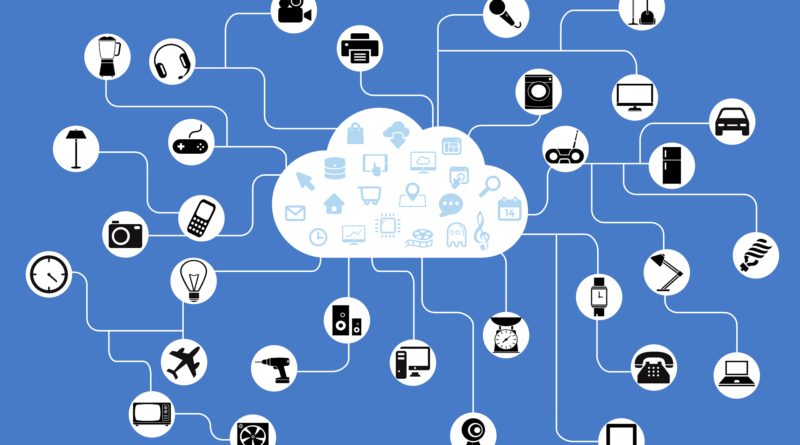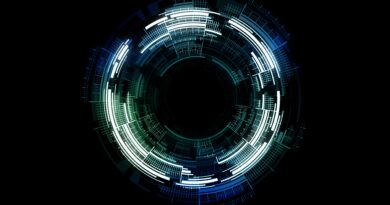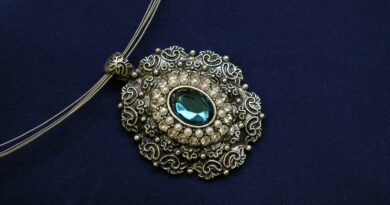The Internet of Things (IoT): How Connected Devices Are Shaping Our Daily Lives
The Internet of Things (IoT) has emerged as a transformative technology that is revolutionizing the way we interact with the world around us. By connecting everyday objects and devices to the internet, the IoT enables seamless communication, data exchange, and automation. We will be examining how the IoT is shaping our daily lives, enhancing convenience, efficiency, and productivity across various domains.
Connecting Devices and Systems:
The IoT involves connecting a wide range of devices, sensors, and systems to the internet, enabling them to communicate and share data. From smartphones, wearables, and smart home devices to industrial machinery, vehicles, and infrastructure, the IoT is creating a vast network of interconnected objects.
Enhanced Convenience and Efficiency:
The IoT brings unprecedented convenience and efficiency to our daily lives. Smart home devices, such as thermostats, lighting systems, and security cameras, can be controlled remotely, creating personalized and energy-efficient environments. Connected appliances, like refrigerators and washing machines, can monitor usage patterns and automate tasks for improved efficiency. Wearable devices track health and fitness data, providing insights for better well-being management.
Industrial Applications and Automation:
The IoT is transforming industries by enabling automation, predictive maintenance, and real-time monitoring. In manufacturing, connected sensors and machines optimize production processes, reduce downtime, and enhance quality control. Smart grids leverage IoT technology to manage energy distribution efficiently. In agriculture, IoT devices monitor soil conditions, weather patterns, and livestock health, leading to optimized farming practices.
Smart Cities and Infrastructure:
IoT plays a crucial role in building smart cities and intelligent infrastructure. Connected sensors and surveillance systems enhance public safety and traffic management. Smart parking systems guide drivers to available parking spaces, reducing congestion and emissions. Environmental monitoring devices measure air quality, noise levels, and waste management, enabling sustainable urban development.
Healthcare and Well-being:
The IoT is revolutionizing healthcare by facilitating remote patient monitoring, telemedicine, and personalized treatments. Wearable devices track vital signs, activity levels, and sleep patterns, providing valuable data for preventive care. Connected medical devices, such as pacemakers and insulin pumps, enable real-time monitoring and alerts for better patient management.
Data Security and Privacy:
As the IoT expands, ensuring data security and privacy becomes paramount. The sheer volume of data collected by interconnected devices raises concerns about unauthorized access and misuse. Robust security measures, encryption, and user consent mechanisms are essential to protect sensitive information and maintain trust in IoT systems.
Future Possibilities:
The IoT landscape continues to evolve rapidly, opening up exciting possibilities for further innovation. Edge computing, artificial intelligence, and 5G connectivity are poised to revolutionize IoT capabilities. From autonomous vehicles and smart appliances to personalized healthcare solutions and immersive augmented reality experiences, the future of IoT holds immense potential for enhancing our lives.
The Internet of Things is transforming the way we live and interact with the world. By connecting devices, systems, and objects, the IoT improves convenience, efficiency, and productivity across various domains. As the IoT ecosystem expands and technology advances, it is crucial to address challenges related to data security and privacy. Embracing the opportunities offered by the IoT and ensuring responsible implementation will pave the way for a future where connected devices seamlessly integrate into our daily lives, improving our well-being and shaping a more connected and intelligent world.









